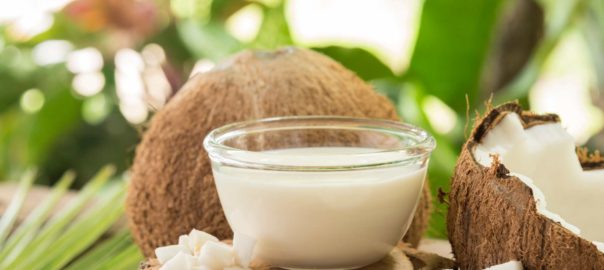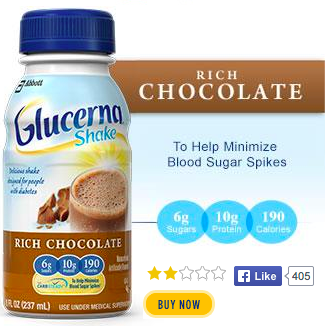Recent news from Reuters reveals that Applegate Farms LLC is in talks with Hormel Foods Corp in a deal that would allow Hormel to purchase Applegate. While this joins the fray of firms in the meat industry looking to merge or acquire one another, this particular deal stands out for a couple of different reasons.
As a producer of organic meats, hot dogs, bacon, and deli products Applegate holds a position that stands apart from Hormel's “natural” brand. As discussed here before, the term natural is very lose and although it does have some standards when it comes to meat (as opposed to other products such as cereals, juices, etc) it really doesn't mean much and is often used by companies to nutri-wash their products while charging higher prices. Overall market share in conventional foods is falling as more and more people pay attention to what's really in their food. When they make that shift their purchasing habit change which means less profit for conventional and “natural” product lines.
Applegate is not a small company. Based in New Jersey they are estimated to be worth as much as $1 billion. As a privately held corporation there is no way to know exactly what their value position is but needless to say they are a profitable company that fills a market need.
As an independent producer they have more control over their line, what they do, how they source, what they provide to their consumers. If this deal goes through they will be a wholly owned subsidiary of Hormel which is a major food producer who is not believed to be as concerned with food sourcing and, for lack of a better word, quality (meaning organic). The web of who owns your food is large and quite confusing. If you want to know the big brands behind organic check out this graphic of organic foods acquisitions and alliances by the Cornucopia Institute (click on the graphic to enlarge it for clarity).
This deal represents a disturbing trend. It's one thing for small organic, cleanly sourced food processors to get bought out by competitors. Lately, however, it seems that even large and profitable firms are succumbing to the lure of corporate America. The purchase of Annie's Homegrown Inc. by General Mills raised a lot of fuss and fury by consumers. For a little while. That seems to have died down at the moment, and that's probably what Hormel is banking on. Weather the storm, allow people to vent, and then they'll forget. Because the brand packaging won't change. And people may not continue to read the label or to stay on top of what changes are being made to their food. Often it's easier to just shop on auto-pilot.
While many of these deals previously happened behind the scenes, they're certainly gaining more attention at the moment. In part due to the size of the companies involved and the amounts of money on the table. Remember food producers are in business to make money, to earn a profit. Unfortunately for the majority of food items available that means sourcing artificial ingredients, chemically created “foods” and unhealthy additives. If it's cheaper it's better seems to be a driving reason to use these ingredients. And if your product doesn't hold up to what consumers want, the answer, apparently, is to buy out those who do.





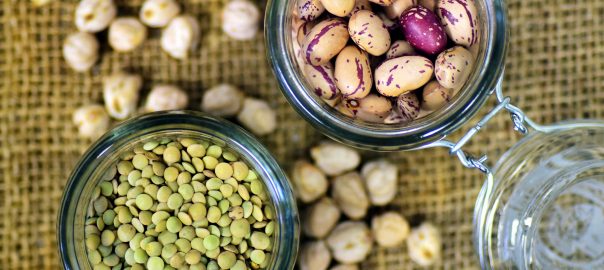
 Apples: Nature's perfect 100 calorie snack pack, the average apple contains about 100 calories. They are a good source of fiber, including pectin (a type of fiber that may be good for reducing cholesterol). Apples also provide vitamin C and healthy phytonutrients which can help moderate blood sugar. At $1.15 per pound with three medium apples in a pound it comes to just under three apples for a dollar. This was the price for organic apples which represent the best choice as there are no pesticides on them. Obviously conventional apples are less expensive but come with a chemical coating.
Apples: Nature's perfect 100 calorie snack pack, the average apple contains about 100 calories. They are a good source of fiber, including pectin (a type of fiber that may be good for reducing cholesterol). Apples also provide vitamin C and healthy phytonutrients which can help moderate blood sugar. At $1.15 per pound with three medium apples in a pound it comes to just under three apples for a dollar. This was the price for organic apples which represent the best choice as there are no pesticides on them. Obviously conventional apples are less expensive but come with a chemical coating.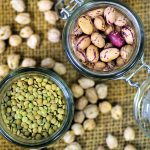 Beans: Lentils, chickpeas, black beans, are all good nutritional choices for fiber, folate, iron, and protein. Their high levels of fiber make them an excellent choice for helping to reduce cholesterol and manage blood sugar. $0.79 per pound for lentils means 12 servings per pound, all for less than a buck.
Beans: Lentils, chickpeas, black beans, are all good nutritional choices for fiber, folate, iron, and protein. Their high levels of fiber make them an excellent choice for helping to reduce cholesterol and manage blood sugar. $0.79 per pound for lentils means 12 servings per pound, all for less than a buck.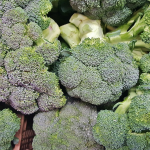 Broccoli: Contains calcium, vitamin A, vitamin C, potassium, folate and fiber. Low in calories it's delicious raw, steamed, or stir-fried. One bunch will set you back $0.99 for around three 1⁄2 C. servings.
Broccoli: Contains calcium, vitamin A, vitamin C, potassium, folate and fiber. Low in calories it's delicious raw, steamed, or stir-fried. One bunch will set you back $0.99 for around three 1⁄2 C. servings. Eggs: A great source of protein, lutein, and zeaxanthin (good for eye health) as well as selenium, B2, B5 and B12 eggs are a nutrition powerhouse. They are versatile, easy to prepare and can be served for any meal. At $2.39 per dozen for large, cage free, grain fed eggs that's 5 eggs, and five servings, for $1.00.
Eggs: A great source of protein, lutein, and zeaxanthin (good for eye health) as well as selenium, B2, B5 and B12 eggs are a nutrition powerhouse. They are versatile, easy to prepare and can be served for any meal. At $2.39 per dozen for large, cage free, grain fed eggs that's 5 eggs, and five servings, for $1.00.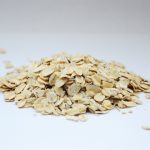 Oats (old fashioned rolled): high in fiber and a good source of manganese, selenium, vitamin B1, magnesium; a 1⁄2 C. serving even provides 6 g. of protein, they are also scientifically proven to reduce cholesterol (whole oats are best). $0.15 per ounce means that whole oats come out to 6 1⁄2 ounces for $1.00 or a little over 4 servings. note: for those who need to eat gluten free the cost for oats would be different.
Oats (old fashioned rolled): high in fiber and a good source of manganese, selenium, vitamin B1, magnesium; a 1⁄2 C. serving even provides 6 g. of protein, they are also scientifically proven to reduce cholesterol (whole oats are best). $0.15 per ounce means that whole oats come out to 6 1⁄2 ounces for $1.00 or a little over 4 servings. note: for those who need to eat gluten free the cost for oats would be different.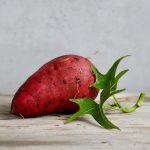 moderate amount of fiber. A 5” long sweet potato weighs about 4.5 ounces, for $0.89 that's a little more than one serving (3.5 ounces per serving) for less than a buck.
moderate amount of fiber. A 5” long sweet potato weighs about 4.5 ounces, for $0.89 that's a little more than one serving (3.5 ounces per serving) for less than a buck.